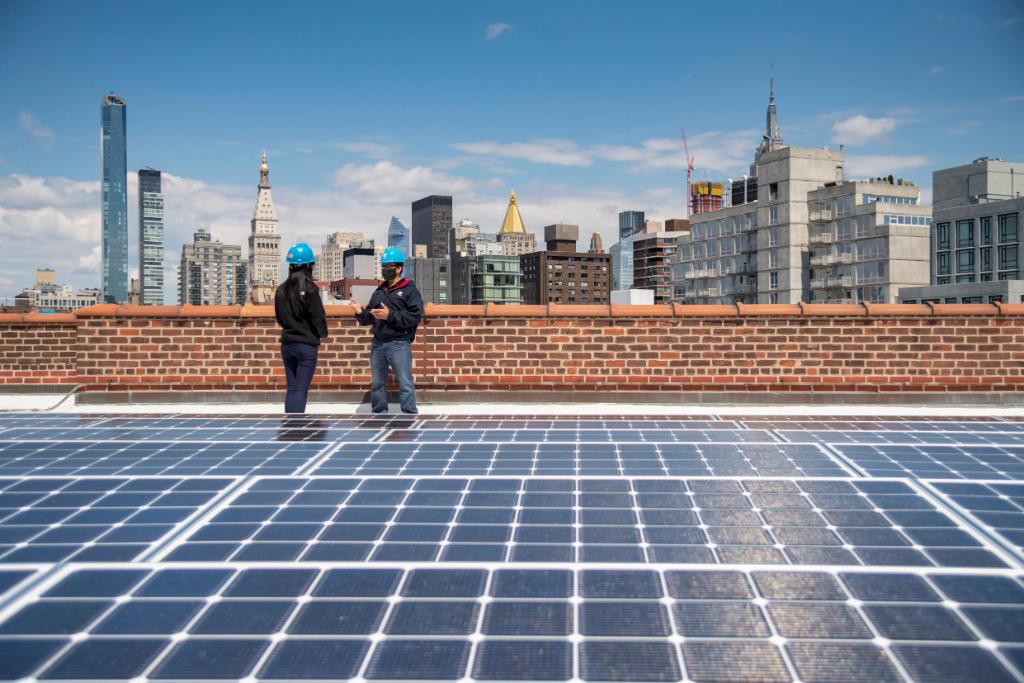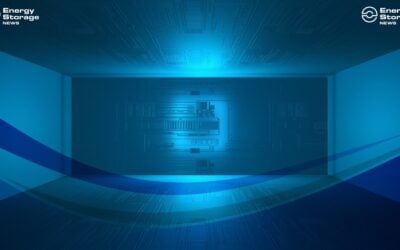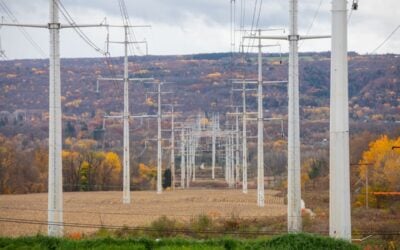
To reduce strain on the grid as renewable power and demand both grow, two New York utility companies have awarded contracts for flexible demand management to commercial and industrial (C&I) energy management specialist CPower.
CPower announced last week that Con Edison and National Grid subsidiary Niagra Mohawk Power Corporation have selected the company among providers of Dynamic Load Management (DLM) to their networks: peak shaving to reduce businesses’ use of electricity at times when it is most in demand. Battery storage, charged with power from renewable energy or from the grid at off-peak times of lower demand, can be used to reduce businesses’ draw from the grid at peak times and already the ability to use this peak shaving to lower Demand Charges, levied on commercial users of electricity in the US, offers a way to lower electricity costs significantly.
“We aim to increase flexibility and reduce costs of operating the grid. We are eager to continue to add new resources like the Term-DLM Programme into our portfolio, especially as dynamic load management reduces costs for everyone on the energy system and helps integrate new flexible resources,” National Grid’s VP of customer sales and solutions, John Isberg, said.
The programme, called Term-DLM, was established by the New York Public Service Commission in September last year and utilities issued requests for interested parties to tender for contracts, at fixed prices and for three to five-year terms. Customers will be incentivised to lower their energy use and thus provide the utilities with load relief with 21 hours of notice or more.
Try Premium for just $1
- Full premium access for the first month at only $1
- Converts to an annual rate after 30 days unless cancelled
- Cancel anytime during the trial period
Premium Benefits
- Expert industry analysis and interviews
- Digital access to PV Tech Power journal
- Exclusive event discounts
Or get the full Premium subscription right away
Or continue reading this article for free
The Term-DLM programme goes into action when day-ahead forecasted peak load for the utilities is at 92% of what has been forecasted at peak demand for any given season. Alongside that is a programme called Auto-DLM, which necessitates the ability to respond to event calls in just 10 minutes.
CPower said that the opportunities, especially the latter, will be highly appropriate for battery energy storage resources, which can respond in milliseconds to signals if needed. Similarly, Con Edison’s demand response programmes manager Marlon Agueta said that the service will not only be “immensely valuable” in helping the utility maintain reliable service, but could also drive interest and investment in battery storage.
“These programmes will generate long-term commitments by customers and developers looking to earn revenue by reducing their usage when demand for power is high. This will be immensely valuable in helping us keep our service reliable at times when our customers need it most. We also hope the revenue certainty the Term- and Auto-DLM programmes provide will encourage participants to invest in battery storage and other clean energy technologies for demand response,” Agueta said.
CPower: Contracts give long-term and pre-development visibility into revenues for energy storage
CPower senior director of market development, Peter Dotson-Westphalen, told Energy-Storage.news that any C&I customers that have load flexibility at the right times in the appropriate locations would be a great fit for the programme, as well as the Commercial System Relief Program (CSRP), a similar scheme run by Con Edison.
Dotson-Westphalen said that CPower had won out in a competitive process, after each utility evaluated the cost-effectiveness of respondents’ bids based on a NY PSC-approved Benefit Cost Analysis (BCA) methodology. CPower’s offerings include metering solutions that can “allow for near-real-time visibility into energy use and track performance in response to events,” he said.
The contract-based nature of the programmes means that investors in battery storage will have longer-term price certainty on their revenues. The fact that the procurements are meant to be administered around a year and a half ahead of joining the programmes allows for “nascent projects to be awarded early on in the development phase,” Dotson-Westphalen said.
“This should help storage developers and / or customers looking to integrate energy storage projects certainty — if awarded — of a greater portion of the revenues they can count on, helping to reduce project finance risk.”
He explained that both the Term-DLM and Auto-DLM schemes have set call windows which are typically 2-6pm or 4-8pm on weekdays, and vary by utility, and in the case of Con Ed, by network, to address utility system-wide peak demand with notification provided at least 21 hours in advance. Meanwhile, the Auto-DLM programme’s availability requirements are more expansive, requiring availability between 6am-midnight, seven days per week during the programme season which is between May and September, as well as the ability to respond to local system contingencies within 10 minutes for four hours.
Energy storage systems will be able to count the programmes’ revenues as part of their multi-revenue stack: Term-DLM and Auto-DLM, “allow for dual participation in the NYISO market as well to stack other revenue/value streams available,” CPower’s Dotson-Westphalen said, while they can also participate in New York’s Value of Distributed Energy Resource (VDER) tariff programme through which solar, storage and other distributed energy resources (DERs) can be compensated. Albeit participating systems would have to forego their revenues from some components of the VDER if necessary to meet the dynamic load management contract terms.
New York State’s climate protection policy goals include an interim target of deploying 1,500MW of energy storage by 2025 and meeting 70% of electricity load through clean and renewable sources by 2030 on the path to 100% clean electricity by 2045.





